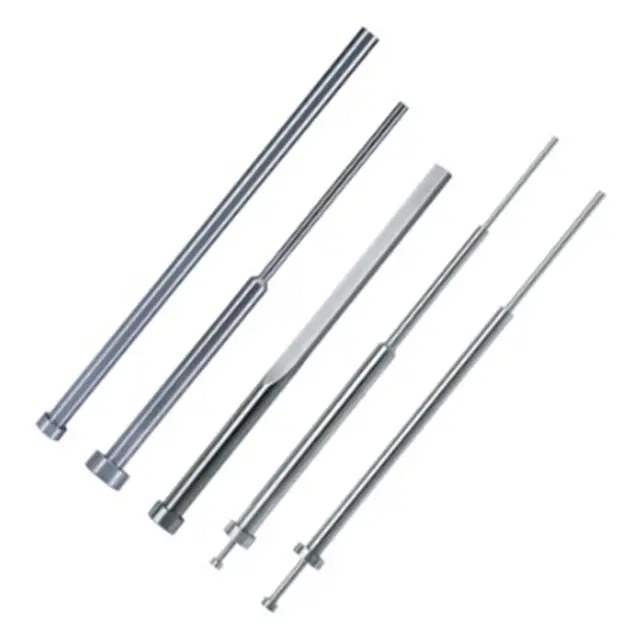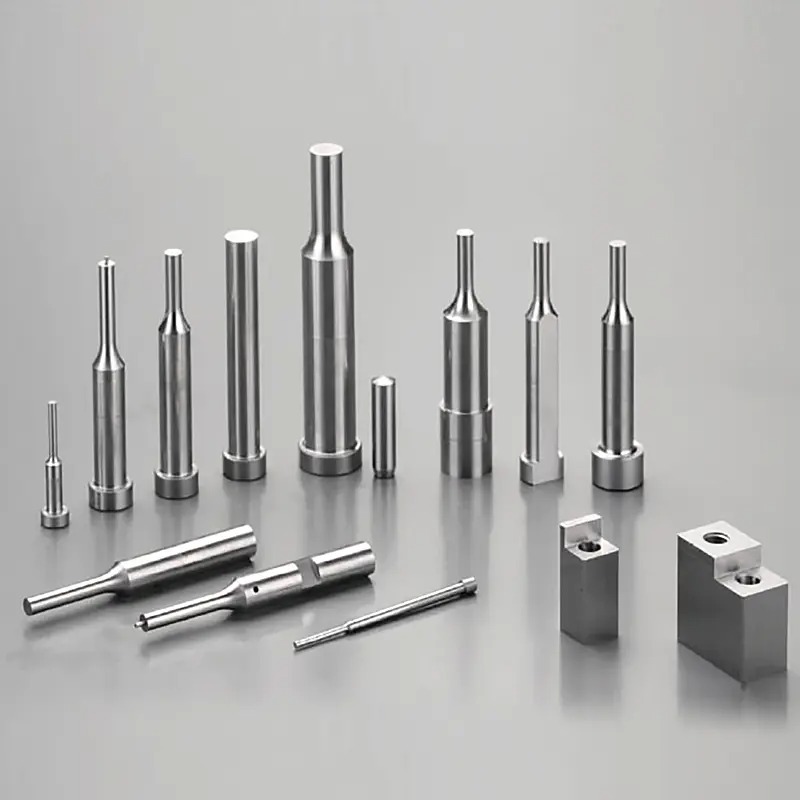


In the world of plastic injection molding, ejector pins play a vital role in ensuring that molded parts are cleanly and efficiently removed from the mold cavity. These slender, high-strength components are designed to push finished parts out once the molding process is complete.
View More
Precision carbide pilot punches are specialized tooling components designed for use in high-accuracy punching and forming applications, particularly in metal stamping, die making, and manufacturing environments where precision, durability, and wear resistance are paramount.
View More
When it comes to high-accuracy metal stamping, die making, or precision tooling applications, precision carbide pilot punches play an irreplaceable role.
View More


